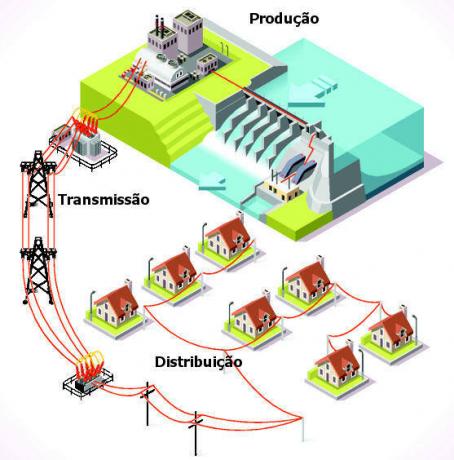It is a mistake to think that the Atomic Bomb is an idea dating back to 1945, at the height of World War II, when the United States detonated the cities of Hiroshima and Nagasaki. The history that precedes this event makes us understand the gravity of this chemical weapon, follow it:
1905 was the year Albert Einstein published his article on the Theory of Relativity. Years later, in 1939, Einstein, aware of the danger that the formula in his study (E = mc2) posed, sent a letter to US President Franklin Roosevelt. In the letter he reported his concern about the misuse of his research, referring to the danger of using nuclear powers.
Einstein's warning was in vain and, in 1942, the Manhattan project was created, a partnership between the USA, England and Canada. The project aimed at the development of a nuclear bomb and was confirmed three years later, in August 1945, date in that Japanese cities were bombed in the middle of World War II, where around 200,000 people died.
Initiatives were created to contain the advance of nuclear wars, the first of them in 1946, entitled “Atomic Energy Commission” founded by the UN (United Nations).
Later, in 1954, there was another initiative, this time given by US President Dwight D. Eisenhower, who established the “Atoms for Peace” campaign.
The International Atomic Energy Agency (IAEA), created by the UN in 1957, in Austria, defends the program of peaceful use of energy and nuclear weapons. And in 1968, 189 countries signed the Nuclear Non-Proliferation Treaty (NPT).
Now, a question: will the atomic bomb really no longer make history? Despite all these peace programs, the nuclear race does not stop.
By Líria Alves
Graduated in Chemistry
Brazil School Team
Chemistry Curiosities - Chemistry - Brazil School
Source: Brazil School - https://brasilescola.uol.com.br/quimica/historia-bomba-a.htm


